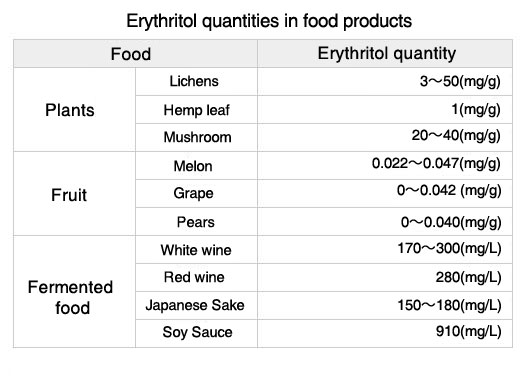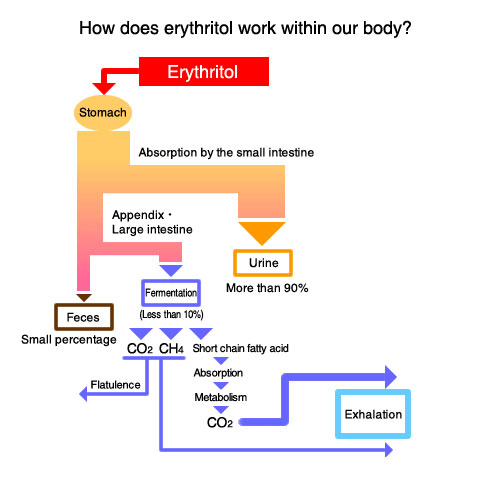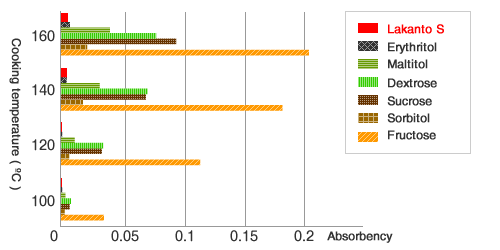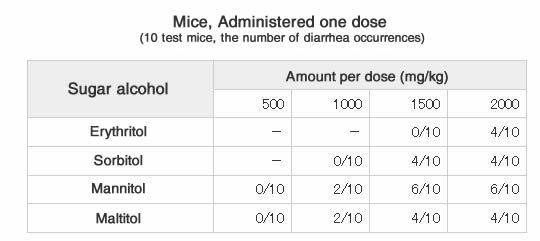
Lakanto goes everywhere, Try it in coffee, baked good and in recipes
Lakanto is made from luo han guo fruit and erythritol.
Luo han guo fruit is grown in the cool highlands near Guangdong, China. Cherished as a medicinal plant since ancient times, this precious fruit which grows only in a small area in Southern China possesses a sweetness 300 times greater than sugar. Not only as a unique sweetener, the luo han guo fruit has also been gaining attention for its many other uses.
Luo han guo fruit's triterpene glycoside sweetener.
Luo han guo fruit's sweet taste comes from triterpene glycosides found in the fruit. Triterpene glycosides are not adsorbed in the small intestine but made into nutritional fiber. This type of food fiber is expelled from the small intestine without being adsorbed, resulting in almost no energy consumption by the body.

Erythritol is a natural four carbon type of sugar alcohol popularly used as a natural sweetener. Erythritol shows up in a variety of fermented food products such as mushrooms, wine, alcohol, and soy sauce. Based on metabolism tests, erythitol generates almost no energy and is not associated with tooth decay.

Erythritol is a special sweetener that generates almost no energy.
More than 90% of erythritol exits the body through the urine.
The amount of energy being generated from erythritol absorption is extremely low and has no influence on the blood glucose levels. Even when using the energy conversion factor, the energy released by erythritol is 0 kcal/g.
It is an unique, zero energy sweetener.

Compared to sorbitol and sugar, Lakanto's solubility, especially at normal temperatures is low. However, you will not find any problems using it with normal foods.

Even when cooked for long periods, Lakanto S will conserve its color, flavor and sweetness. In other words, Lakanto S is very stable when heated.

When consuming high quantities of sugar alcohols such as Sorbitol and Maltitol in a short period the risk of diarrhea is increased.
However, this is not the case with Lakanto. Erythritol, one of the main ingredients in Lakanto, has a very limited interaction time with the large intestine and more than 90% of erythritol is released while in the small intestine prior to reaching the large intestines. It has been reported that compared to normal sugar alcohols, Lakanto triggers a far less laxative and gas forming effect than sugar.

A study was conducted to confirm that Lakanto S and Lakanto candy have no influence on the blood glucose level, and therefore their GI index is 0.
On April 1st 2009, the Japanese Health, Labour and Welfare Ministry edited new rules regarding usage of the indication "Special Food Additive".
Under the new system of rules, several food product indications such as "Low Sodium Food" and "Low Calorie Food" (Lakanto S) have been removed from the list of claims that apply to Special Food Additives. That is why Lakanto no longer features this claim.
Just as we have been doing from the start, we will continue to be involved in reducing the amount of calories you will consume without sacrificing on flavor.